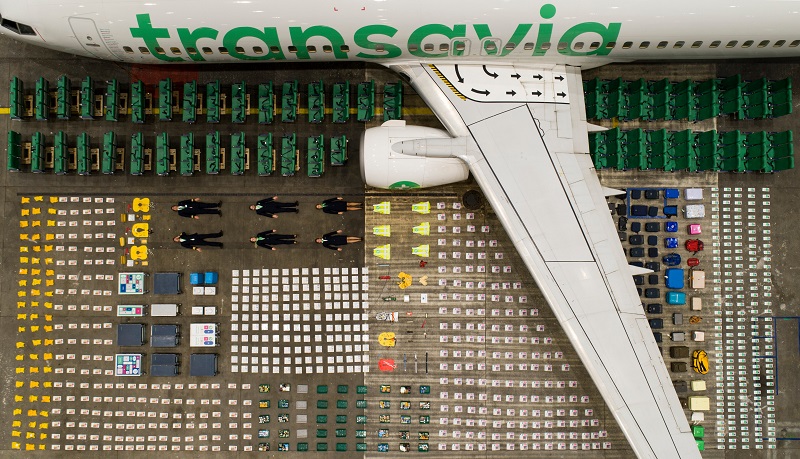 Transavia
Transavia 
Transavia, a leading low-cost airline, invites travellers to explore Europe’s vibrant cities, sun-kissed beaches, and hidden gems without stretching their budgets. Every journey with Transavia feels as delightful as the destinations themselves, blending affordability with a feel-good experience.
Transavia has been flying from the Netherlands since 1966. The airline is a wholly owned subsidiary of KLM and, therefore, part of the Air France-KLM group. It has been operating scheduled and charter flights to more than 100 destinations from the Netherlands for over 50 years.
From its primary hub at Amsterdam Airport Schiphol (AMS), Transavia connects passengers to unforgettable adventures across Europe. For those seeking convenient departures from the Netherlands, its bases at Rotterdam The Hague Airport (RTM) and Eindhoven Airport (EIN) offer seamless travel options.
Since 2007, Transavia has served travellers from France, operating from Paris-Orly Airport (ORY), Lyon Airport (LYS), and Nantes Airport (NTE). These hubs bring French charm and a wealth of European destinations within easy reach. In 2016, Transavia expanded its reach with a hub at Munich Airport (MUC), providing passengers a gateway to Bavaria’s heart and beyond.
Transavia redefines low-cost travel with friendly service, reliable flights, and fares that allow travellers to splurge on extra treats, like gelato, museum tickets, or spontaneous road trips. Whether passengers seek city buzz, coastal escapes, or mountain thrills, Transavia makes Europe accessible and exciting.
The famous ranking site Skytrax says: “A long-established low-cost airline, Transavia predominantly serves leisure destinations. The onboard product is fairly standard, but with quite a limited buy-onboard F&B selection, and prices are on the higher side. Seat comfort is LCC style at the 29-inch pitch, and the cabins are generally well maintained. Cabin staff service seems to be based more on function, and there is little real hospitality shown.”
Transavia flies from more than 20 other countries in Europe and the Mediterranean, and it is a leader in hospitality, service and digital services.
As of 28 May 2025, Transavia operates a fleet of 54 aircraft, including the latest and most advanced wide-bodied jets presently available: 5 Airbus A320-200, 9 Airbus A321neo and 40 Boeing 737-800.
Transavia announced that they have ordered an entirely new fleet of aeroplanes from Airbus. The new planes will allow the airline to fly more sustainably. The Airbus A320neo is 50% quieter compared to older planes, uses less fuel and provides a reduction of CO2 emissions.
The new aeroplane engines must be cleaned properly. Not only for safety, but also because a clean engine uses less fuel and therefore emits less CO2. The engines aren't cleaned with a dust cloth, but with water-wash equipment. This system sprays water in the running engine, which creates a kind of washing machine effect: this way, the engine washes itself clean.
This enables Transavia to save about 53,000 kg of fuel and 159,000 kg of CO2. All in all, beneficial to the environment, a reduction in costs and increased efficiency.
Transavia recommended that the passengers take less luggage with them. The airline says: "The less luggage in your suitcase or bag, the less fuel we need and therefore the lower CO2 emissions are. If every passenger were to take 1 kg less luggage with them, together we would save the amount of energy it takes for 80 washing cycles".
Transavia does not have a Business Class section on board. The entire aircraft consists of Economy Class. The airline offers the "Selection on Board" buy-on-board service, which offers food and drinks for purchase.
Transavia is certified as a 3-star low-cost airline by Skytrax for the quality of its airport and onboard product and staff service. Product rating includes cabin comfort, baggage/seat charges, buy onboard food & beverages, cabin cleanliness, and service rating covers cabin and ground staff.